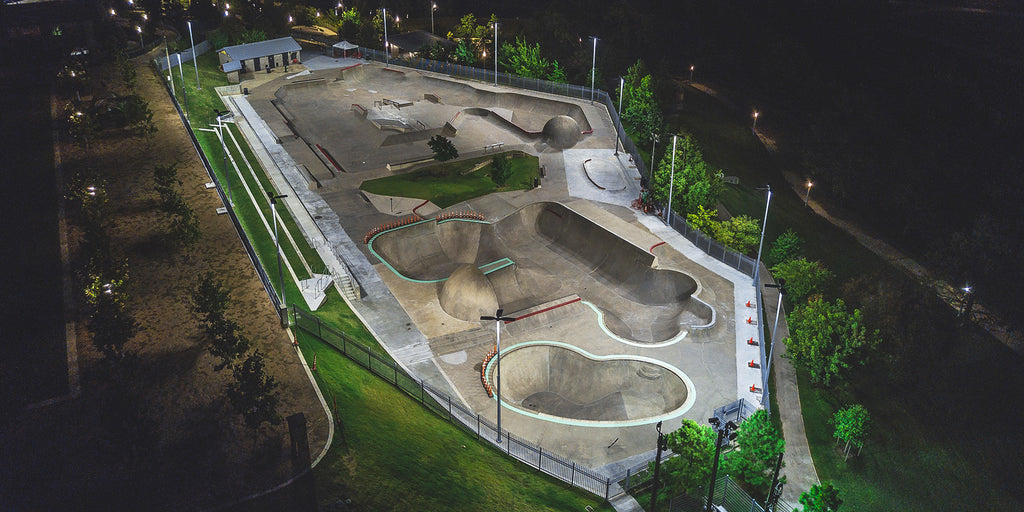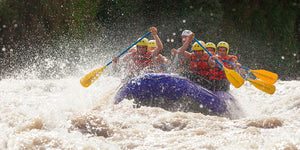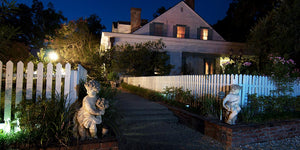How Skatepark Design Works

To the typical civilian, designing skateparks might seem like an easy feat. Dig a big hole and pour in some concrete. Add a few rails and ledges. Right? Not exactly. Unlike baseball fields, basketball courts and other sports venues, skateparks are each designed with a sort of unstandardized creativity. While there are certain aspects that can be expected in any skatepark, they’re more different than they are alike, each designed to accomplish a different objective depending on the geographical location.
For some communities, aesthetic may be just as important as usability. The desire to create a space that blends in with the surrounding environment demands unique designs and appealing structures. Especially for communities that worry a concrete skatepark will be an eyesore, there may be a charge to create a park that is uniquely artistic, boasting color and originality just as much as it does great transitions and smooth ramps.
Other projects may not care at all about the aesthetic of a park but are dying for an area that has surfaces more skateable than cobblestone or tiled streets. While it’s awesome if a skatepark looks cool, its primary purpose is to create a safe and functional space where skaters can challenge themselves, try new tricks and have fun. An artistically-designed park renders itself completely useless if this purpose is ignored.
Perhaps the most important characteristic of a good, usable skatepark is the types of structures it has. Weird, unique elements may be cool for a little while, but basic structures that mimic those on the street will provide better long-term enjoyment for skaters. These are the types of structures they’re used to — benches, curbs, rails, stairs — so they’re more likely to know how to approach them.
One of the major concerns park designers have when creating these spaces, however, is the conflict between flow and usability. Flow comes from the ability to move easily from one element to the next and hit multiple structures in one run. To have this, there needs to be open spaces and significant flatbottom between the various elements. But when there’s more open space and less sectioning, it creates a problem: fewer skaters can use that area at a time. A good designer seeks to find a balance between creating flow and maximizing usable space.
While there is so much to talk about when exploring the world of skatepark design, the most significant aspect is this: skateboarding has not been around very long, and yet the sport is so ingrained into our society that the implementation of skateparks is continually becoming more necessary. Skating has carved out a place for itself in the realm of recreation, going so far as to create a completely new industry. With skateparks repeatedly popping up all over the globe, one thing’s for sure — skaters (and skateparks) are here to stay.
Credit: Photo by Alexander Londoño on Unsplash
- Outdoors Staff






Comments 0